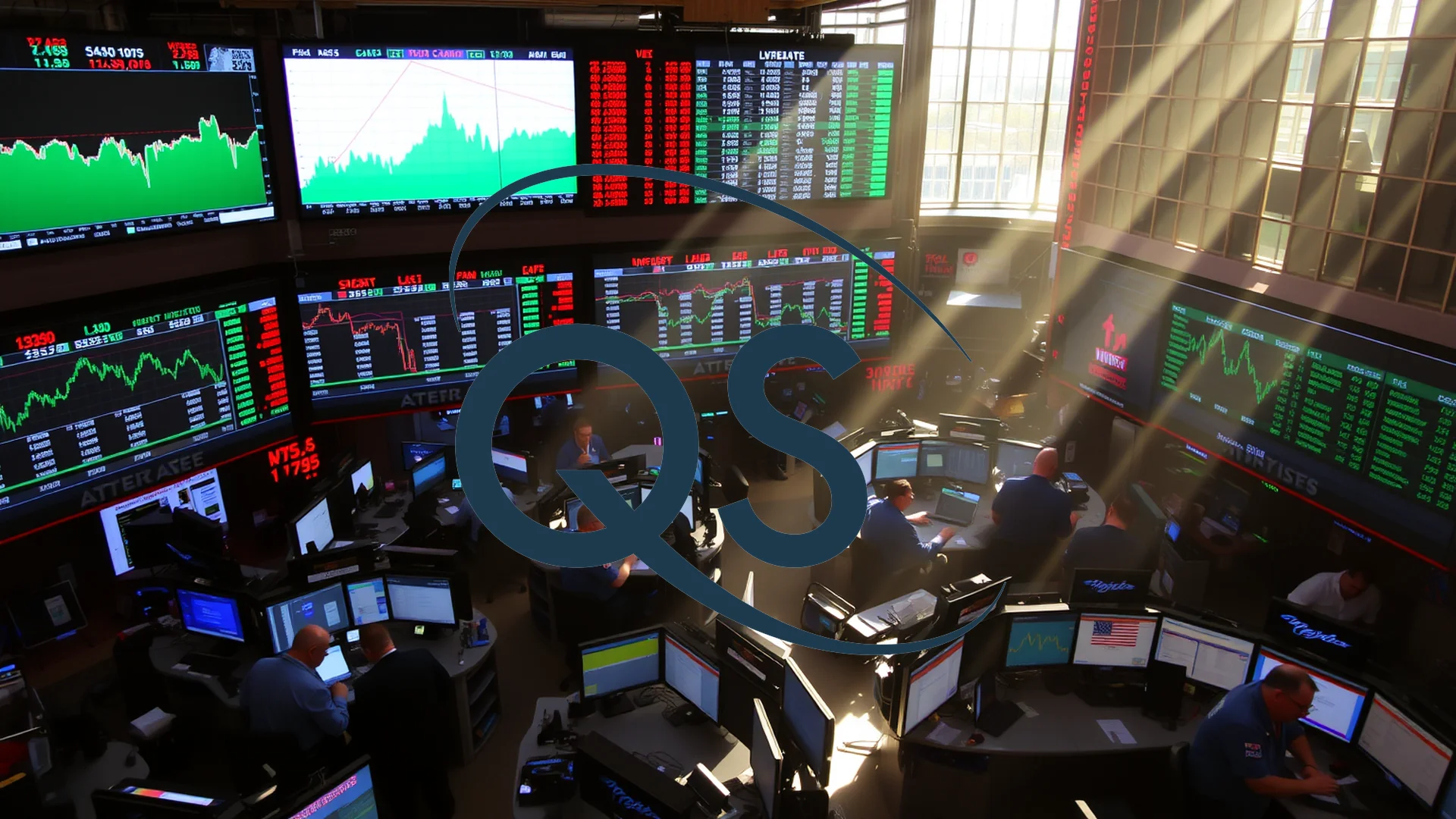Heavy equipment manufacturer Caterpillar finds itself navigating a complex operational landscape. While the company maintains stable revenue streams, escalating global trade tensions are significantly eroding its profitability. Recent quarterly results revealed a troubling divergence between top-line performance and bottom-line results, with management’s updated guidance delivering a substantial blow to investor confidence. This raises critical questions about the company’s ability to protect margins in the current economic environment.
Institutional Buying Contrasts With Insider Sales
Market reaction to Caterpillar’s revised outlook was swift and decisive. Following the late August guidance update, the company’s shares declined more than 3 percent. Throughout August, Caterpillar stock emerged as the worst performer within the Dow Jones Industrial Average, posting a 4.3 percent loss for the month.
Investor activity presents a mixed picture despite these challenges. While Director Susan C. Schwab and Chairman Donald J. Umpleby III disposed of shares during August and September, institutional players moved in the opposite direction. Geneos Wealth Management increased its stake in the company, with MBB Public Markets I LLC similarly adding to its position.
Notably, analyst sentiment remains largely supportive. The average price target currently stands at $457.20 alongside a “Moderate Buy” recommendation. Several firms including JPMorgan Chase, Citigroup, Truist Financial, and Melius Research have recently raised their expectations for the stock.
Profit Decline Masks Revenue Resilience
Caterpillar’s second-quarter 2025 performance fell markedly short of analyst expectations. Earnings per share dropped to $4.72, coming in noticeably below the consensus forecast of $4.88. Most concerning was the 18 percent year-over-year collapse in operating profit, primarily driven by mounting production expenses that continue to pressure the industrial giant.
Should investors sell immediately? Or is it worth buying Caterpillar?
The quarter presented a paradoxical outcome as Caterpillar simultaneously demonstrated strength in revenue generation. The company posted $16.57 billion in sales, representing a slight improvement over market expectations. However, this figure still reflected a minimal 0.7 percent decrease compared to the same period last year. This opposing trajectory between revenue and profit underscores the fundamental challenge facing management.
Soaring Tariff Expenses Trigger Guidance Revision
The most significant development emerged from Caterpillar’s updated assessment of tariff impacts. The company now anticipates between $500 and $600 million in tariff-related expenses during the third quarter. For the full 2025 fiscal year, management dramatically increased its estimate to a range of $1.5 to $1.8 billion—a substantial jump from the previous maximum projection of $1.5 billion.
This cost escalation has forced Caterpillar to issue a sobering profit warning, indicating that adjusted operating margins will likely land at the lower end of the previously guided range. The core issue remains the company’s limited ability to fully pass these increased costs through to customers. Market experts at Morgan Stanley have expressed particular concern regarding this constrained pricing power.
The critical question for investors remains whether Caterpillar can successfully navigate these tariff headwinds without sustaining lasting damage to its profitability structure.
Ad
Caterpillar Stock: Buy or Sell?! New Caterpillar Analysis from December 18 delivers the answer:
The latest Caterpillar figures speak for themselves: Urgent action needed for Caterpillar investors. Is it worth buying or should you sell? Find out what to do now in the current free analysis from December 18.
Caterpillar: Buy or sell? Read more here...













